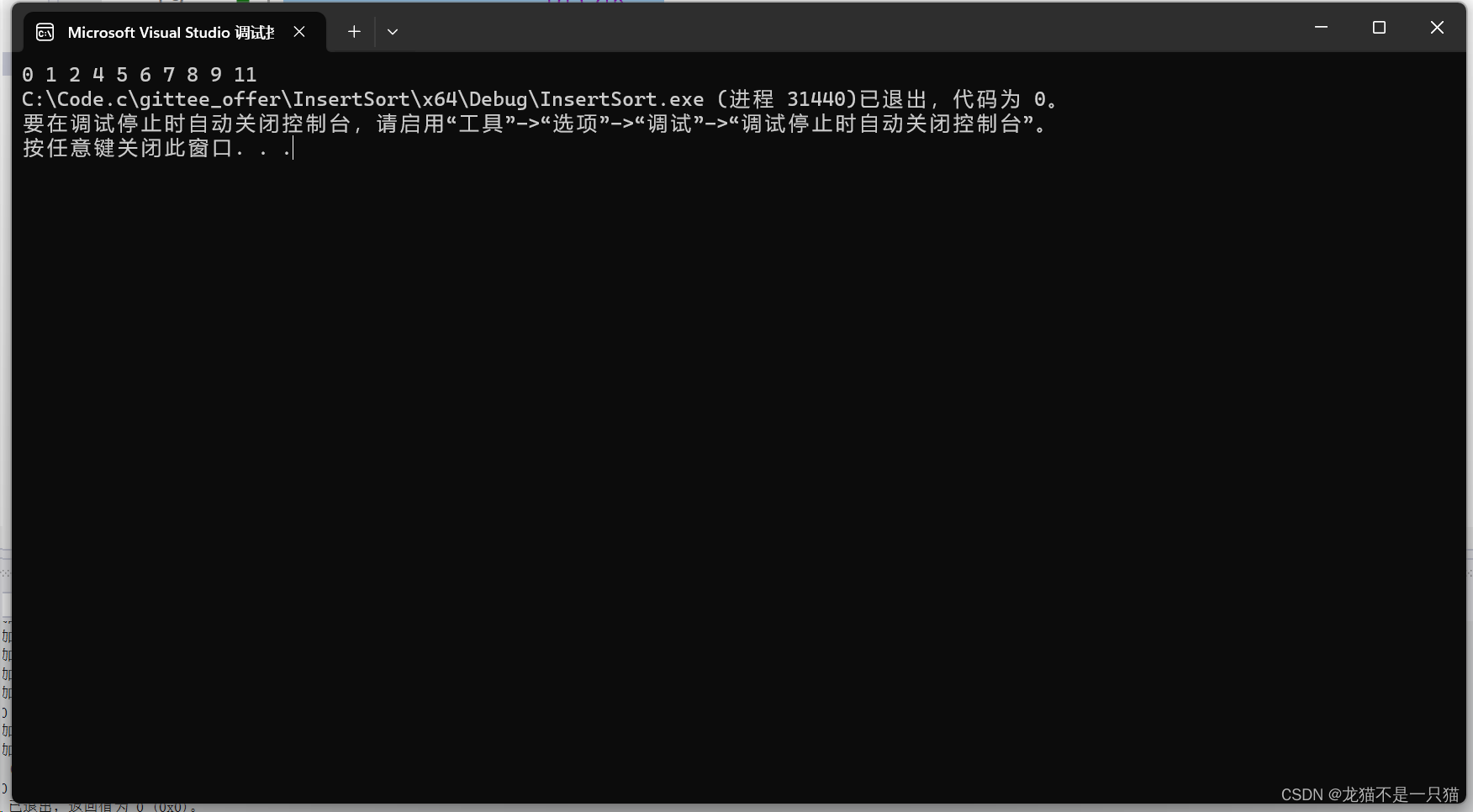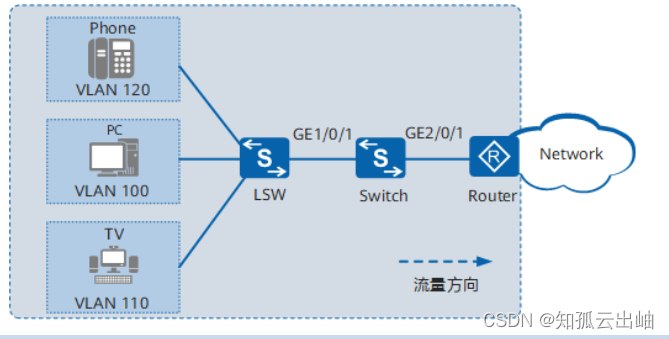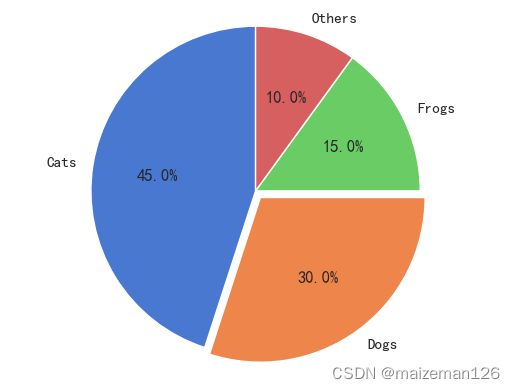目录
1 手动实现/使用sklearn实现线性回归训练
1.1 单特征线性回归(One Feature)
1.2 多特征线性回归(Multiple Features)
1.3 多项式线性回归(Polynomial)
1 手动实现/使用sklearn实现线性回归训练
1.1 单特征线性回归(One Feature)
假设函数(One feature):
损失函数(平方差损失MSE):
优化器(梯度下降Gradient descent):
"""
@Title: linear_regression_with_one_feature
@Time: 2024/2/29
@Author: Michael Jie
"""
import random
import numpy as np
from sklearn.linear_model import LinearRegression
print("--------------------手动实现LinearRegression--------------------")
# 数据集,y = 2.7 * x + 1.9
x = np.random.uniform(-3, 3, (100, 1))
y = 2.7 * x + 1.9 + np.random.normal(0, 0.5, (100, 1))
m = len(x)
# 初始化训练参数
w, b = random.random(), random.random()
# 定义最小损失,学习率,最大训练轮次
epsilon, alpha, max_iter = 1e-4, 1e-2, 1e4
# 训练
num = 0 # 训练轮次
j_init = 0 # 用于计算两次训练损失的差值
while True:
# 假设函数,单特征线性回归
h = w * x + b
# 损失,平方差损失函数
j = 1 / (2 * m) * np.sum((h - y) ** 2)
if abs(j - j_init) < epsilon or num > max_iter:
break
# 优化器,梯度下降
w -= alpha * (1 / m * np.sum((h - y) * x))
b -= alpha * (1 / m * np.sum(h - y))
num += 1
j_init = j
if num % 100 == 0:
print("第{num}次训练,损失为:{j}".format(num=num, j=j))
print("训练后参数为:({w}, {b})".format(w=w, b=b))
# 预测
print("输入10的预测值为:{y}".format(y=w * 10 + b))
print("--------------------使用sklearn实现LinearRegression--------------------")
linear = LinearRegression()
linear.fit(x, y)
print("训练后参数为:({w}, {b})".format(w=linear.coef_, b=linear.intercept_))
print("输入10的预测值为:{y}".format(y=linear.predict(np.array([[10]]))))
"""
--------------------手动实现LinearRegression--------------------
第100次训练,损失为:0.24785011069810353
第200次训练,损失为:0.12133612402719189
训练后参数为:(2.6975988345352375, 1.8337117307000714)
输入10的预测值为:28.809700076052447
--------------------使用sklearn实现LinearRegression--------------------
训练后参数为:([[2.68709722]], [1.93437403])
输入10的预测值为:[[28.80534627]]
"""
1.2 多特征线性回归(Multiple Features)
假设函数(Multiple Features):
损失函数(平方差损失MSE):
优化器(梯度下降Gradient descent):
"""
@Title: linear_regression_with_multiple_features
@Time: 2024/2/29
@Author: Michael Jie
"""
import random
import numpy as np
from sklearn.linear_model import LinearRegression
print("--------------------手动实现LinearRegression--------------------")
# 数据集,y = 2.1 * x1 + 1.7 * x2 + 4.4
x = np.random.uniform(-3, 3, (100, 2))
y = np.dot(x, np.array([[2.1, 1.7]]).T) + 4.4 + np.random.normal(0, 0.5, (100, 1))
m = len(x)
# 初始化训练参数
w, b = [[random.random(), random.random()]], random.random()
w = np.array(w)
# 定义最小损失,学习率,最大训练轮次
epsilon, alpha, max_iter = 1e-4, 1e-3, 1e4
# 训练
num = 0 # 训练轮次
j_init = 0 # 用于计算两次训练损失的差值
while True:
# 假设函数,单特征线性回归
h = np.dot(x, w.T) + b
# 损失,平方差损失函数
j = 1 / (2 * m) * np.sum((h - y) ** 2)
if abs(j - j_init) < epsilon or num > max_iter:
break
# 优化器,梯度下降
w -= alpha * (1 / m * np.sum((h - y) * x))
b -= alpha * (1 / m * np.sum(h - y))
num += 1
j_init = j
if num % 100 == 0:
print("第{num}次训练,损失为:{j}".format(num=num, j=j))
print("训练后参数为:({w}, {b})".format(w=w, b=b))
# 预测
print("输入(10, 20)的预测值为:{y}".format(y=np.dot(np.array([[10, 20]]), w.T) + b))
print("--------------------使用sklearn实现LinearRegression--------------------")
linear = LinearRegression()
linear.fit(x, y)
print("训练后参数为:({w}, {b})".format(w=linear.coef_, b=linear.intercept_))
print("输入(10, 20)的预测值为:{y}".format(y=linear.predict(np.array([[10, 20]]))))
"""
--------------------手动实现LinearRegression--------------------
第100次训练,损失为:6.917612630867695
第200次训练,损失为:5.128139537455417
...
第2300次训练,损失为:0.2550961384480396
第2400次训练,损失为:0.2423823553289109
训练后参数为:([[1.92022977 1.85815836]], 4.258528651534591)
输入(10, 20)的预测值为:[[60.62399361]]
--------------------使用sklearn实现LinearRegression--------------------
训练后参数为:([[2.09568973 1.68056098]], [4.45455187])
输入(10, 20)的预测值为:[[59.02266883]]
"""
1.3 多项式线性回归(Polynomial)
"""
@Title: linear_regression_with_polynomial
@Time: 2024/2/29 19:41
@Author: Michael
"""
import numpy as np
from sklearn.linear_model import LinearRegression
from sklearn.preprocessing import PolynomialFeatures
# 数据集,y = 1.4 * x ** 2 - 3.1 * x + 2.6
x = np.random.uniform(-3, 3, (100, 1))
y = 1.4 * x ** 2 - 3.1 * x + 2.6 + np.random.normal(0, 0.5, (100, 1))
# 预处理数据集,将一元二次函数转化成三元一次函数,然后使用线性回归训练
poly = PolynomialFeatures(degree=2)
poly.fit(x)
x = poly.transform(x)
# 手动实现预处理
degree = np.array([[0, 1, 2]])
# x = x ** degree
# 回归训练
linear = LinearRegression()
linear.fit(x, y)
print("训练后参数为:({w}, {b})".format(w=linear.coef_, b=linear.intercept_))
print("输入10的预测值为:{y}".format(y=linear.predict(np.array([[1, 10, 100]]))))
"""
训练后参数为:([[ 0. -3.1180901 1.40622675]], [2.62986504])
输入10的预测值为:[[112.07163862]]
"""
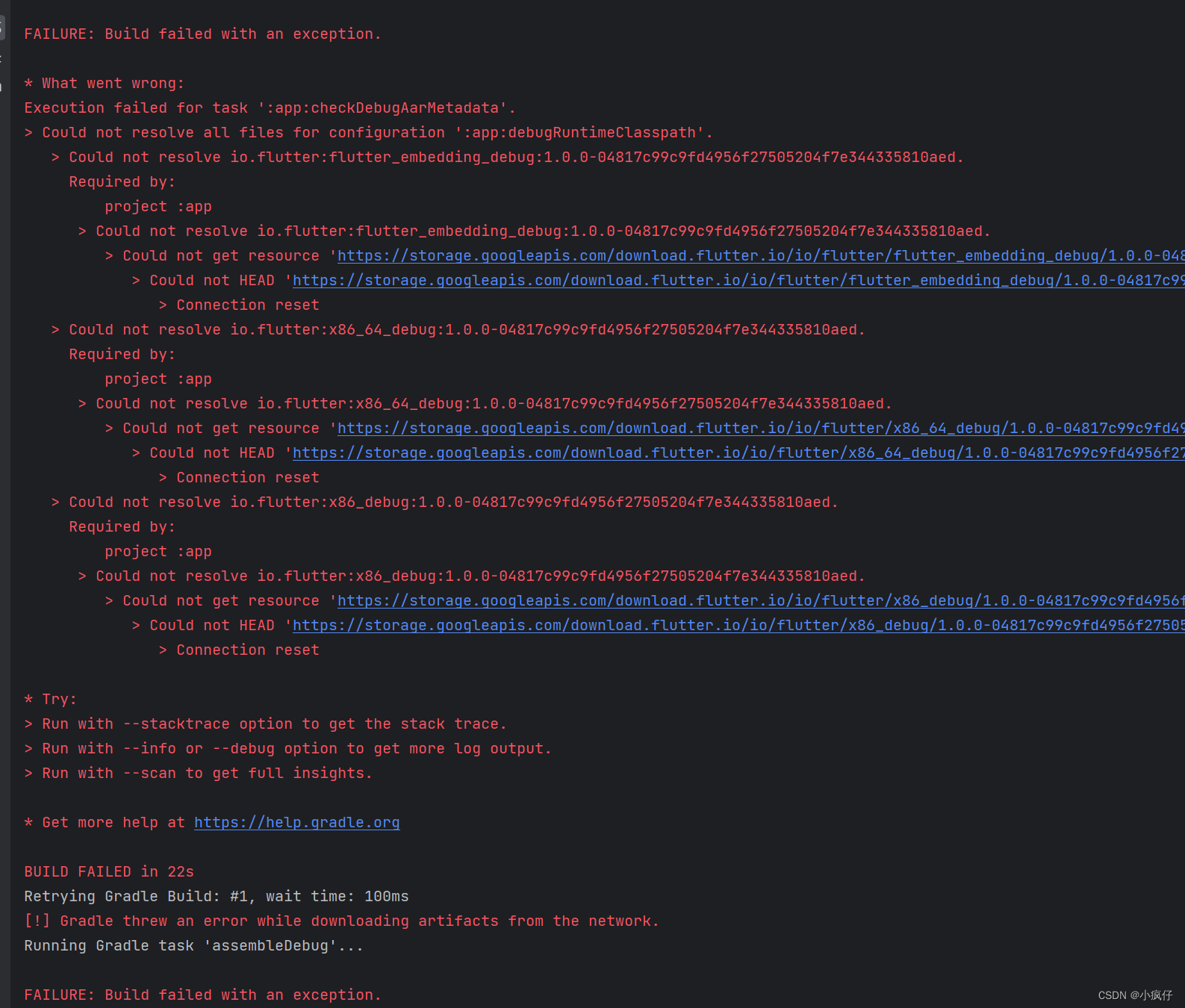
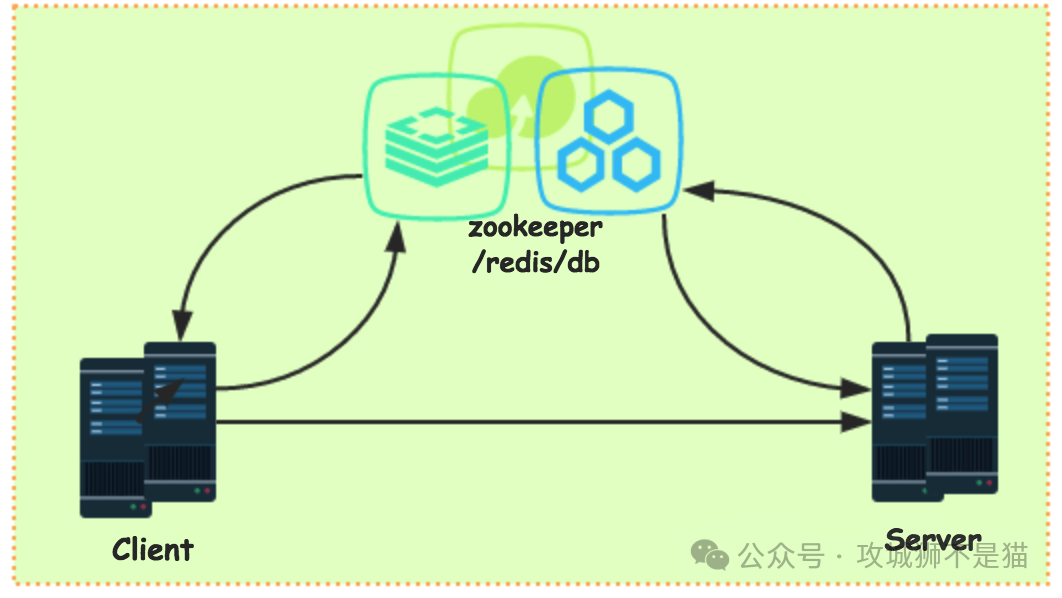

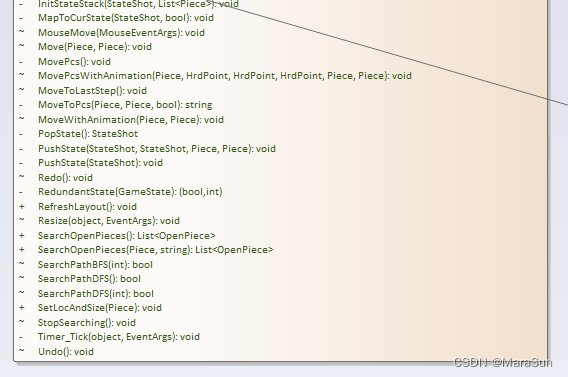

![[计算机网络]:流量控制](https://img-blog.csdnimg.cn/direct/66488ccfb58c44a39489776e59ada41d.png)



